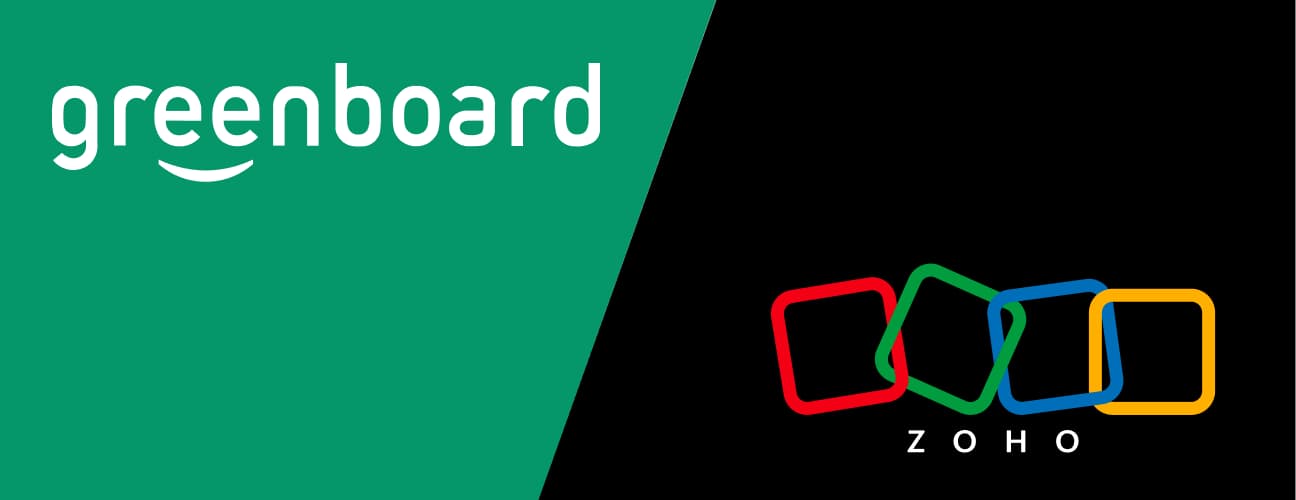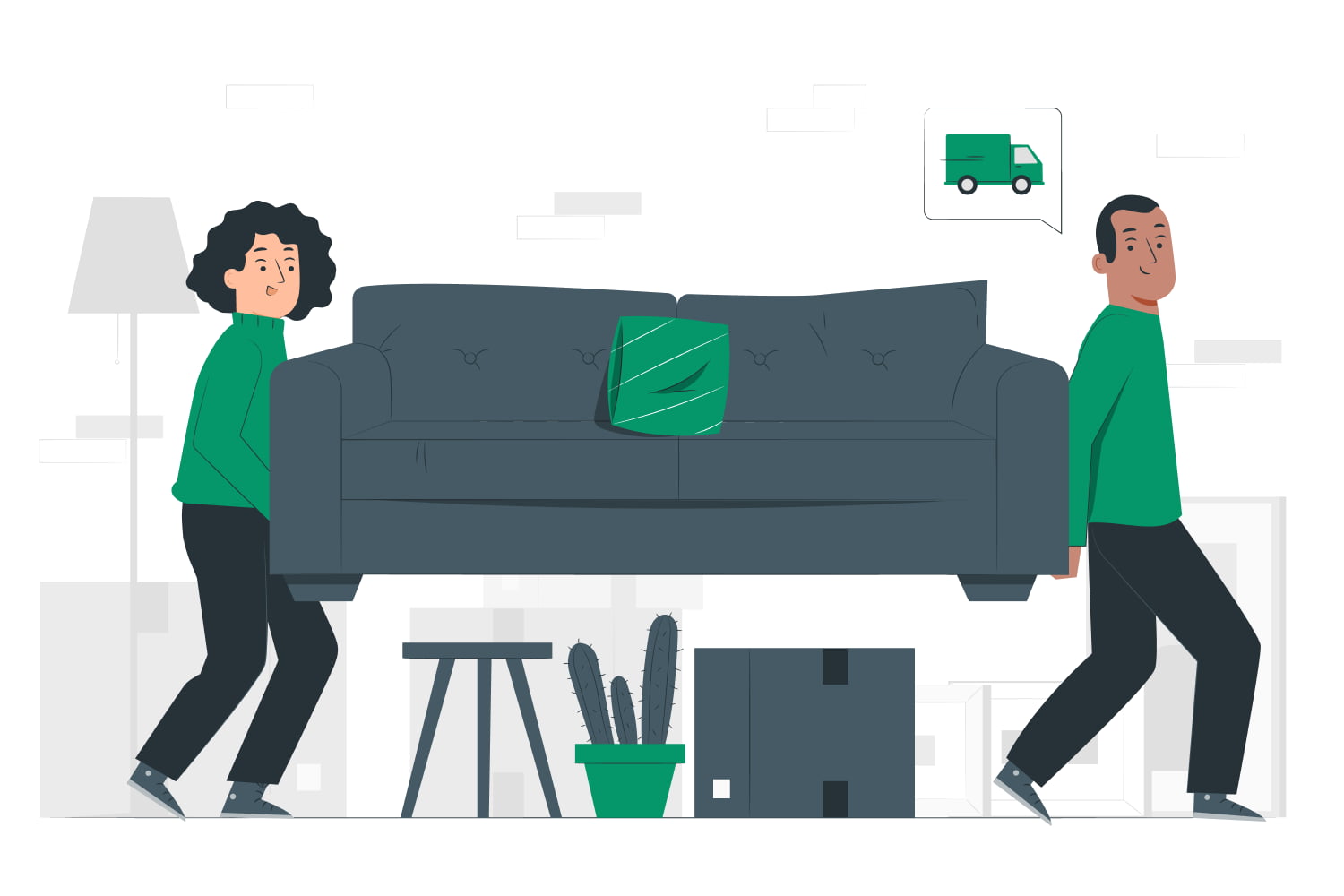
Greenboard VS Zoho
Posted by Greenboard Team | April 20, 2025

Running a furniture store isn’t like running a tech company or an insurance agency. Your sales cycle is personal. Customers want to see, touch, and feel what they’re buying. Conversations span weeks, sometimes months. Your team juggles walk-ins, appointments, follow-ups, and delivery coordination—all while trying to hit their numbers.
That’s why choosing the right system to help you manage leads, customer communication, and team performance is such a big deal.
Two names that might come across your radar are Greenboard and Zoho. While both aim to streamline your operations and boost your team’s productivity, they take very different approaches—and were built with different types of businesses in mind.
Let’s break down the pros and cons of each, and see which one might make more sense for your store.
Greenboard
Greenboard is a platform created with one specific mission: to help furniture store owners manage their leads, improve customer communication, and get a better handle on employee performance. It’s not a jack-of-all-trades tool that’s trying to serve everyone from dentists to real estate agents—it was built from the ground up for your world.
Pros
Purpose-built for furniture retail. You don’t have to bend over backwards to make Greenboard work for you. It already speaks your language. Lead stages, customer touchpoints, and team tracking are all designed with the rhythms of furniture sales in mind. That means less time trying to force a tool to fit—and more time actually using it.
Smooth onboarding with real support. Greenboard charges a setup fee—but it’s not just a one-time install. That fee covers white-glove onboarding, personalized training, and even some light custom development. You’ll work directly with a team that helps you shape the platform around your store’s needs, not the other way around.
Clear lead and follow-up tracking. If a customer came in last Thursday to look at a sectional and said they’d “think about it,” Greenboard won’t let them fall through the cracks. The system helps your team stay on top of every conversation, appointment, and quote without sticky notes or guesswork.
Employee performance insights, built-in. Greenboard gives you visibility into how each team member is doing—how many leads they’re handling, how many sales they’ve closed, and what their follow-up game looks like. It’s easy to spot top performers and coach the ones who need help.
Simple, secure integrations. Greenboard plays well with tools most furniture stores already use, and it’s secure by default. Your data is encrypted and protected, without needing to fiddle with complex settings or third-party plugins.
Cons
There is a setup fee. Some platforms let you sign up with a click and start tomorrow. Greenboard takes a more intentional route, with hands-on setup. The upfront fee reflects that—but you’re getting more than just a login and a help doc.
It’s not a “big name” (yet). While Greenboard is growing fast, it doesn’t have the same recognition as a tech giant. But for many store owners, that’s a good thing—it means personal support and a product that’s actually listening to its customers.
Zoho
Zoho is part of a broad suite of business apps used by companies in nearly every industry. It’s known for being affordable, flexible, and packed with features. But its versatility can be both a strength and a challenge—especially for businesses with specific workflows like furniture retail.
Pros
Great value for cost. Zoho offers a lot of features at a price point that’s often lower than bigger names. If budget is your top concern, it can be an attractive option with plenty of functionality out of the box.
Modular and flexible. Zoho lets you add only what you need. From lead management to reporting and automation, you can build your own system piece by piece and avoid paying for things you don’t use.
Wide app ecosystem. With over 40 apps in the Zoho suite, there’s almost always a solution for your needs—from project management to customer surveys to marketing automation. It’s great if you want to consolidate multiple tools under one roof.
Cons
Steeper learning curve. Because Zoho tries to do so much, it can be overwhelming at first. You might spend more time figuring out how to set things up than actually using the system day-to-day.
Not tailored to furniture retail. Zoho is designed for general use, which means you’ll need to spend time customizing it to fit your specific sales cycle and team structure. That can work, but it requires trial and error—and maybe some tech help.
Support can feel distant. While Zoho does have a support team, the experience can vary. Some users report slower response times or getting routed through multiple departments before issues get resolved.
Final Thoughts
If you’re running a furniture store, you’re not just looking for a place to log contacts. You need a system that helps your team follow up at the right times, keeps your pipeline organized, and gives you a clear view of how your business is performing.
Greenboard was built for exactly that. It trims the fat, focuses on what furniture stores actually need, and offers hands-on support to get you up and running fast. On the flip side, Zoho offers flexibility and affordability, especially for businesses that are willing to invest time in customization.
So as a furniture store owner, which system will fit you better?


